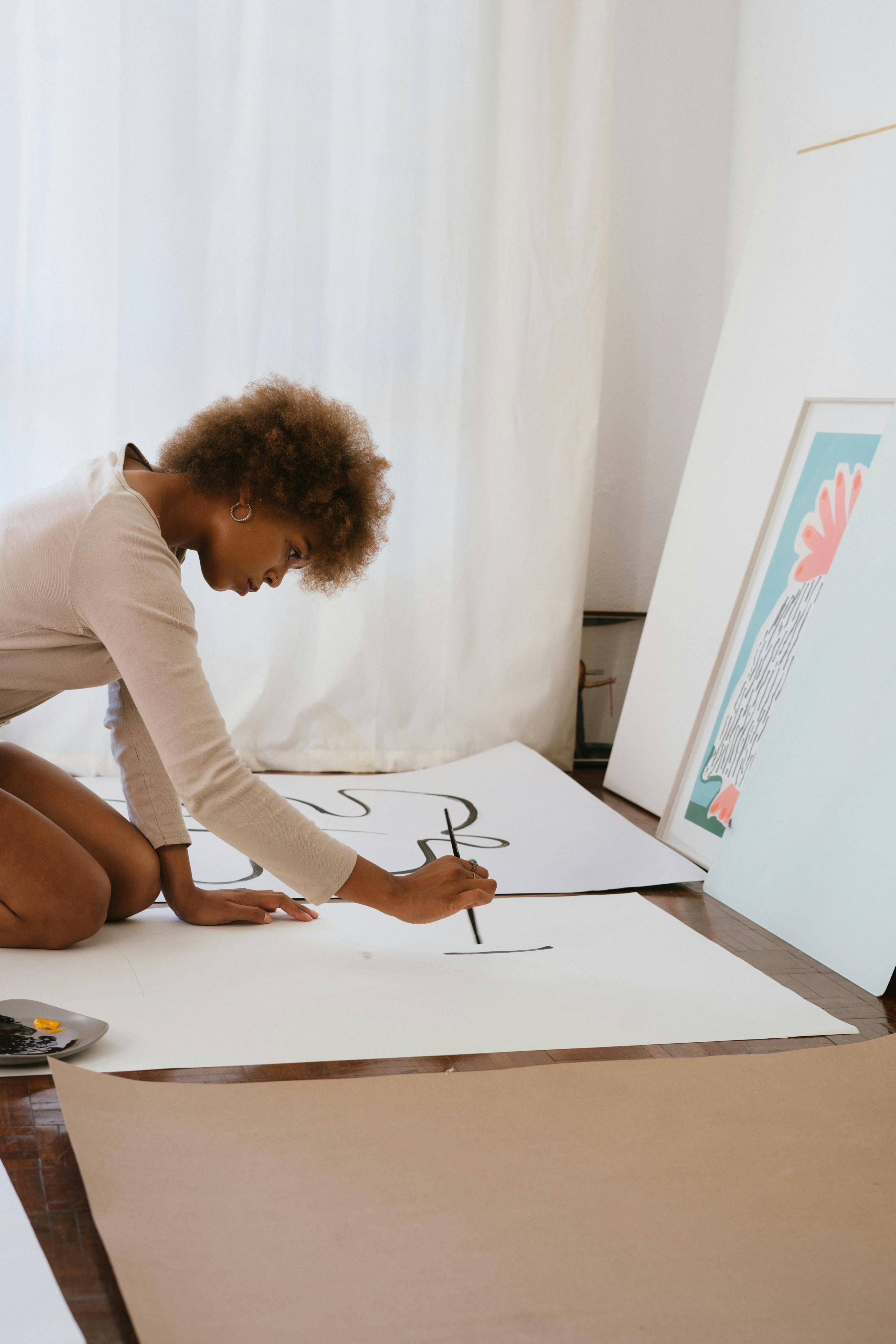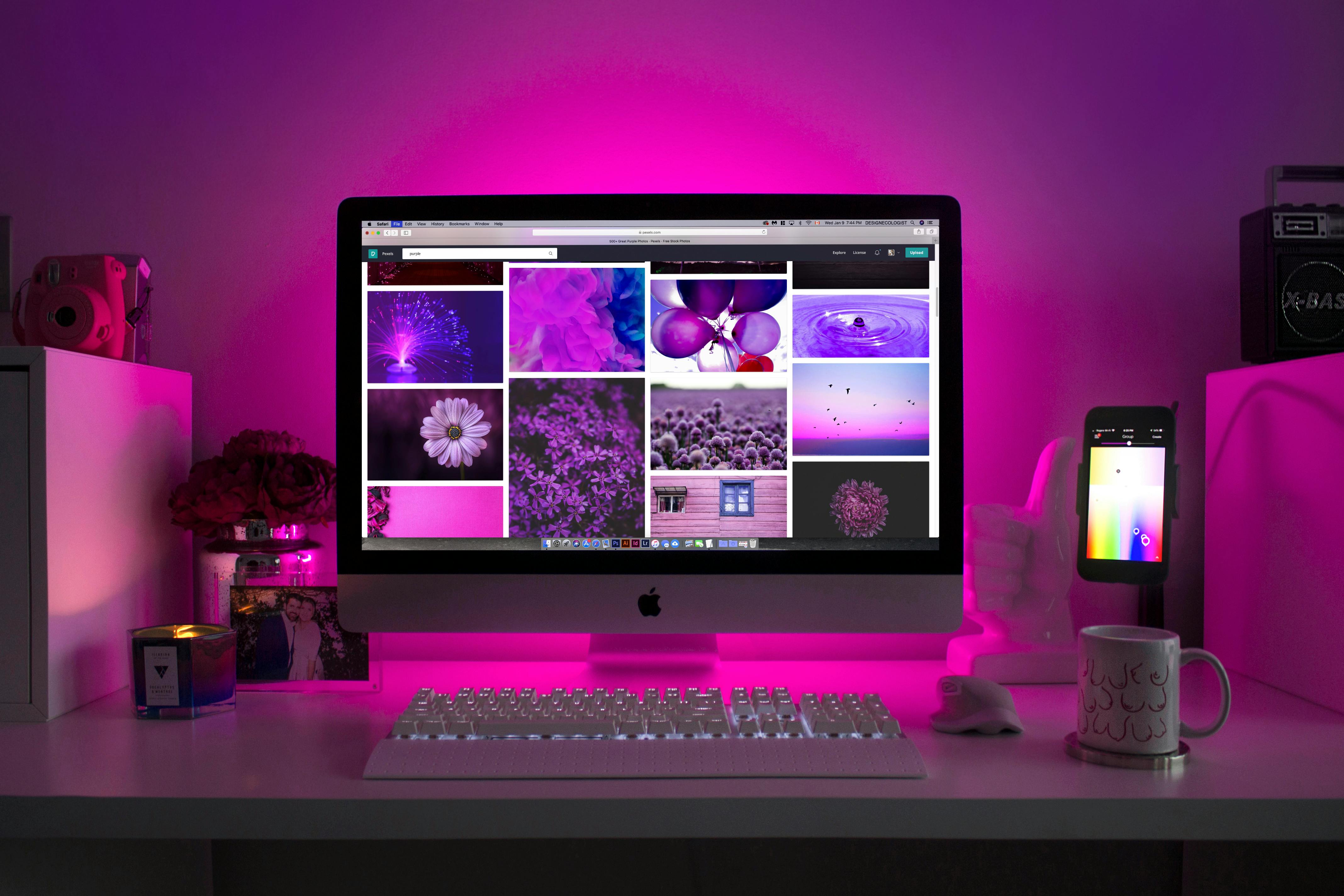How to Effectively Blur a Picture for Modern Designs in 2025
Blurring images has become a vital technique in contemporary graphic design, digital art, and photography in 2025. With various methods available, such as Photoshop blur tools, Android photo blur apps, and online blur image tools, mastering the art of photo blurring can significantly elevate your visual content. This article will explore different image blurring techniques, including the Gaussian blur technique, motion blur effect, and radial blur effect, along with practical tutorials for both beginner and advanced users.
Understanding how to blur a picture effectively not only enhances the aesthetics of your images but also helps in directing the viewer's attention and creating a more polished look. In the following sections, we will breakdown essential strategies and provide detailed guidance to ensure you can seamlessly apply these techniques in your designs.
By the end of this article, readers will have a comprehensive understanding of the best practices for blurring images, necessary software tools, and expert tips to achieve stunning results in their projects.
Understanding Image Blurring Techniques
Before diving into the practical steps, it is essential to understand the various types of blur effects and their applications. Combining different blurring techniques can enhance the depth and impact of your images.
The Gaussian Blur Technique
The Gaussian blur technique is one of the most commonly used methods in image editing. This softening effect can be easily controlled to blend images seamlessly. Here’s how to apply Gaussian blur:
1. Open your image in an editor like Photoshop or GIMP and create a duplicate layer to preserve the original.
2. Navigate to the blur filters and select Gaussian Blur.
3. Adjust the radius slider until you achieve the desired softness.
4. Use layer masks to apply the blur selectively, allowing you to highlight certain areas while keeping others sharp.
Motion Blur Effects
For dynamic images, the motion blur effect can evoke a sense of movement and excitement. This technique is especially useful in action shots and sports photography. Here are the steps to create a motion blur effect:
1. Duplicate your image layer.
2. Use the motion blur filter found in your editing software, adjusting the angle to match the perceived direction of motion.
3. Blend the motion blur layer with the original image to maintain essential details while enhancing the effect.
Radial Blur Effects
Radial blur can create a unique focal point, pulling attention towards the center of the image. To utilize radial blur:
1. In your editing software, select the area you want to keep in focus.
2. Apply the radial blur filter, adjusting the center point and amount of blur.
3. Fine-tune your selection using feathering techniques to ensure a smooth transition.
Applying Blur Effects in Different Software
Different software provides various functionalities for applying blur effects. Let’s explore how to use blur tools specific to popular platforms.
Using Photoshop Blur Tools
Photoshop offers a variety of powerful blur tools that can help create stunning visuals.
1. Select the 'Blur Tool' from the toolbar to manually paint over areas you want to soften. Adjust the strength of the tool based on your needs.
2. Utilize the 'Smart Blur' filter which intelligently blurs without affecting sharp edges.
3. Remember to use layer masks to achieve selective blurring, ensuring full control over your editing process.
GIMP Blur Tools
GIMP’s blur filters are comparable to those in Photoshop and offer flexibility for creative designs.
1. Access the filters menu and select 'Blur,' then choose from options such as Gaussian Blur, Motion Blur, or Selective Gaussian Blur based on your project requirements.
2. Adjust and preview effects in real time to see how each filter modifies your image.
3. Save frequently to keep your edits organized and easy to revert if necessary.
Mobile Apps for Blurring Photos
For those on the go, using smartphone apps to blur images is an efficient way to achieve professional-looking results without a computer.
1. Popular apps like Snapseed and Afterlight provide intuitive interfaces for applying blur effects quickly.
2. Explore features like 'Lens Blur' to mimic depth of field, or 'Tilt-Shift' to create miniature-like images.
3. Don’t forget to adjust the intensity and size settings to maintain realism in your edits.
Online Tools for Image Blurring
Online blur image tools are perfect for those who prefer a hassle-free approach without installation. Here’s how to use them effectively.
Using Online Blur Editors
1. Websites like Fotor and Canva offer straightforward interfaces for blurring images. Simply upload your photo and locate the blur options.
2. Adjust the blur level using sliders to achieve a subtle or dramatic effect.
3. Make sure to download your image in high quality for the best results.
Creative Uses of Blurring in Photography
Blur techniques can be more than just editing methods; they can also drive creativity in photography.
1. Experiment with blurring backgrounds to enhance portraits, allowing subjects to stand out.
2. Use blurring to simplify complex images, directing focus towards essential elements.
3. Implement selective blurs to create artistic compositions that grab viewer attention.
Common Mistakes When Blurring Images
Despite its apparent simplicity, blurring can lead to missteps that detract from image quality. Being aware of common pitfalls can help you enhance your editing process.
Overblurring Images
While achieving a smooth blur can be gratifying, overdoing it can lead to loss of detail.
1. Ensure moderation by constantly comparing the original and edited images.
2. You can restore sharpness in specific areas using sharpening tools after applying a blur effect.
Neglecting Layer Management
Effective layer management is critical in any image editing workflow.
1. Use separate layers for different blurring effects, allowing for more flexibility in adjustments.
2. Creating adjustment layers helps maintain a non-destructive workflow, making edits easier.
Conclusion: Mastering Image Blurring for Stunning Designs
By mastering the various image blurring techniques and applying them effectively with the right tools, you can significantly enhance your graphic designs in 2025. From selective blurring to motion and Gaussian effects, these skills will elevate your creative projects.
Whether using software, mobile apps, or online tools, remember that moderation and understanding your tools are key components to achieving stunning results. Implement these techniques, learn from your editing experiences, and your ability to blur images will continuously improve, leading to exciting new visual explorations.

In summary, whether you're a professional photographer or an enthusiastic beginner, integrating blur effects into your image editing arsenal opens up a realm of creative possibilities. Keep practicing, explore new techniques, and have fun with your art!
 ```
``` 